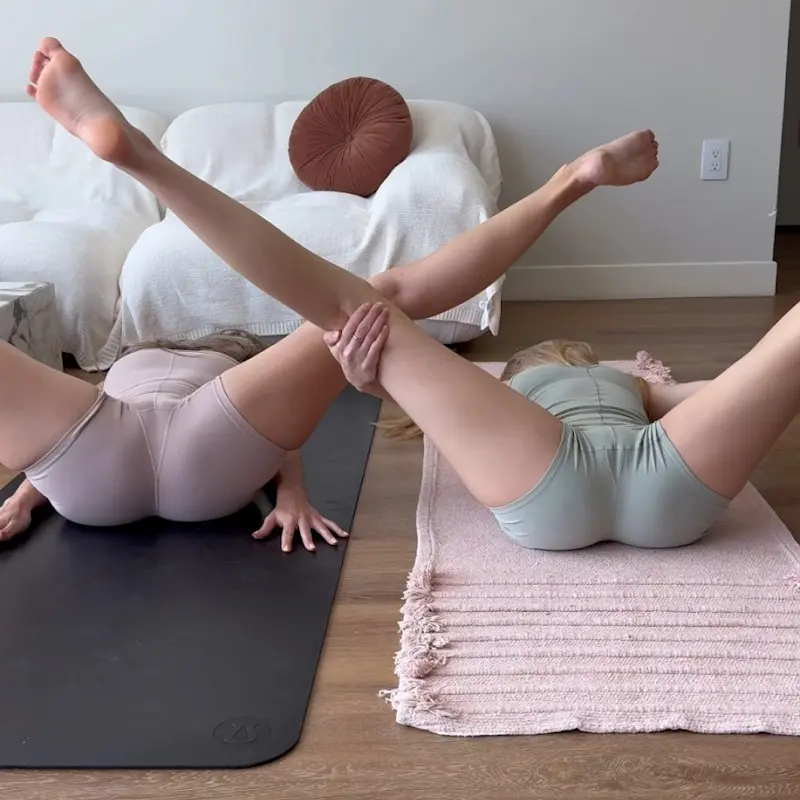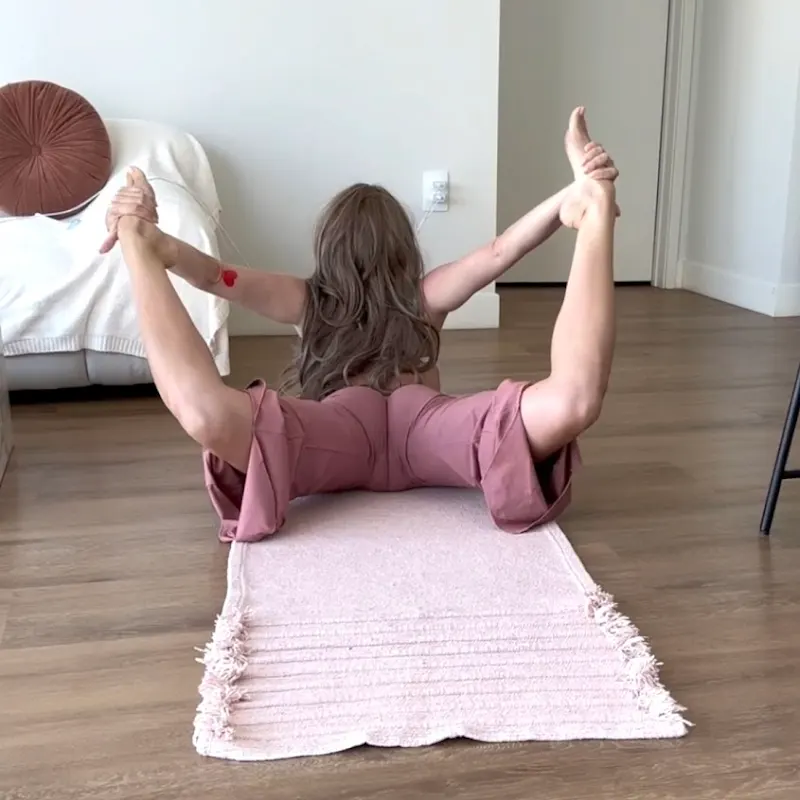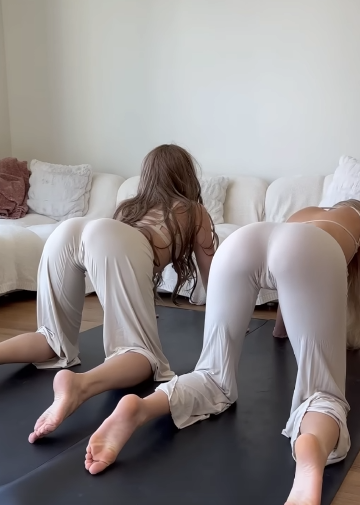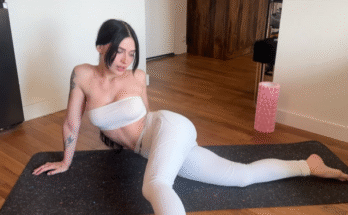
Yoga is a holistic practice that benefits the mind, body, and spirit. Among the many aspects of yoga, deep leg stretching stands out as an essential component for improving flexibility, enhancing muscle health, and preventing injuries. Whether you are a seasoned yogi or a beginner, dedicating time to deep yoga leg stretches can transform your practice and daily movement by increasing your range of motion and calming your nervous system.
In this article, we will explore the significance of deep yoga leg stretches, key poses to incorporate into your routine, techniques to deepen your stretches safely, and tips to maximize your benefits
Why Deep Leg Stretching Matters in Yoga
Our legs are the foundation of our movement and posture. They support the entire body weight during standing, walking, running, and sitting. Yet, many people experience tightness in their hamstrings, calves, quadriceps, and hip flexors. This tightness can lead to discomfort, poor posture, lower back pain, and even injuries.
Yoga leg stretches target these muscle groups, helping to:
- Increase flexibility: Stretching lengthens muscle fibers, improving elasticity and joint mobility.
- Reduce muscle tightness and tension: Regular stretching releases built-up tension and enhances blood flow.
- Enhance athletic performance: Flexible leg muscles allow for better movement efficiency and power.
- Prevent injuries: Limber muscles are less prone to strains, tears, and overuse injuries.
- Improve posture and alignment: Flexible legs support better spinal alignment and balance.
- Calm the nervous system: Slow, mindful stretching promotes relaxation and stress relief.
Deep leg stretches, in particular, engage the muscles more fully, activating both the superficial and deeper layers for a comprehensive release. This kind of stretching requires patience, focus, and proper technique to avoid overstretching.

Key Deep Yoga Leg Stretch Poses
Here are some effective yoga poses that target deep leg stretches. You can practice these individually or flow through them in a sequence.
1. Downward Facing Dog (Adho Mukha Svanasana)
A fundamental pose in yoga, Downward Dog stretches the calves, hamstrings, and Achilles tendons.
- Start on all fours with hands shoulder-width apart and knees hip-width apart.
- Tuck your toes under and lift your hips toward the ceiling.
- Straighten your legs as much as possible without locking your knees.
- Press your heels toward the floor.
- Keep your head between your upper arms and your spine long.
- Hold for 5–10 breaths, feeling a deep stretch along the backs of your legs.
2. Pyramid Pose (Parsvottanasana)
This pose offers an intense hamstring stretch while also opening the calves and calves.
- Stand with your feet about 3 to 4 feet apart.
- Turn your back foot slightly outward and the front foot straight ahead.
- Square your hips to face forward.
- Inhale, lengthen your spine.
- Exhale, hinge from your hips and fold forward over the front leg.
- Keep your spine long, and if possible, place your hands on the floor, blocks, or your shin.
- Hold for 30 seconds to 1 minute, breathing deeply.
3. Reclined Hand-to-Big-Toe Pose (Supta Padangusthasana)
A deep stretch for the hamstrings and calves, this pose also improves hip mobility.
- Lie on your back with both legs extended.
- Bend your right knee and hold your big toe with your right hand (or use a strap around the foot).
- Extend your right leg up toward the ceiling while keeping the left leg pressed into the floor.
- Keep your hips squared and shoulders relaxed.
- Hold for 30 seconds to 1 minute, then switch sides.
4. Lizard Pose (Utthan Pristhasana)
Lizard pose deeply opens the hip flexors and stretches the quadriceps and hamstrings.
- Start in a low lunge with your right foot forward.
- Bring both hands inside the right foot on the floor.
- Lower your elbows to the mat if possible.
- Keep your back leg extended and strong.
- Hold for 30 seconds to 1 minute, then switch sides.
5. Seated Forward Fold (Paschimottanasana)
One of the classic leg stretches in yoga, this pose targets the entire back of the legs.
- Sit with your legs extended straight in front of you.
- Inhale to lengthen your spine.
- Exhale, fold forward from the hips, reaching for your feet or shins.
- Keep your back as straight as possible.
- Hold for 1–3 minutes, breathing deeply.

Techniques to Deepen Your Yoga Leg Stretches Safely
Deep stretching requires mindful attention to your body’s signals. Here are some tips to help you stretch deeper without injury:
Warm Up First
Always begin with gentle movement to warm the muscles. Dynamic leg swings, light lunges, or even a few Sun Salutations can prepare your legs for deeper stretches by increasing blood flow and muscle temperature.
Breathe Into the Stretch
Use your breath to guide your stretch. As you inhale, lengthen your spine and muscles. As you exhale, allow yourself to release tension and gently deepen the stretch. Never hold your breath during stretches, as it increases tension.
Engage Opposing Muscles
Activate muscles opposite to the stretch. For example, in a hamstring stretch, engage your quadriceps to protect your knees and create balance. This engagement prevents overstretching and increases stability.
Move Slowly and Mindfully
Approach deeper stretches gradually. Avoid bouncing or forcing the stretch, which can cause muscle tears. Instead, ease into the stretch and hold for 30 seconds to several minutes, allowing your muscles to adapt.
Use Props When Needed
Blocks, straps, and bolsters can help you maintain alignment and support in deeper stretches. For instance, using a strap in Reclined Hand-to-Big-Toe Pose can help you hold the stretch without rounding your back.
Listen to Your Body
Pay attention to pain signals. A gentle pulling sensation is normal, but sharp or intense pain means you should back off immediately. Stretching should never feel like injury.

Tips to Maximize the Benefits of Deep Yoga Leg Stretching
To get the most out of your deep leg stretches, consider these additional tips:
- Practice regularly: Flexibility improves over time with consistent practice, ideally 3-5 times per week.
- Incorporate strength training: Balanced strength supports flexibility and prevents injuries.
- Hydrate and nourish: Proper hydration and nutrition support muscle health and recovery.
- Include relaxation: Post-stretch relaxation or Savasana helps integrate the stretch and calm your nervous system.
- Combine with other body areas: Stretch your hips, back, and core to complement leg flexibility and overall mobility.
- Stay patient: Flexibility gains are gradual; enjoy the process rather than rushing results.
Conclusion
Deep yoga leg stretching is a vital part of any yoga practice, offering numerous benefits for physical health and mental calmness. By incorporating poses like Downward Dog, Pyramid, Reclined Hand-to-Big-Toe, Lizard, and Seated Forward Fold, you target all major leg muscles for enhanced flexibility and strength.
Remember to warm up, breathe mindfully, engage muscles, and listen to your body to deepen your stretches safely. With regular practice and patience, your legs will become more flexible, your posture improved, and your movement freer.
Whether you are preparing for a challenging yoga pose, improving athletic performance, or simply seeking relief from tightness, deep yoga leg stretches can transform your body and your wellbeing.



